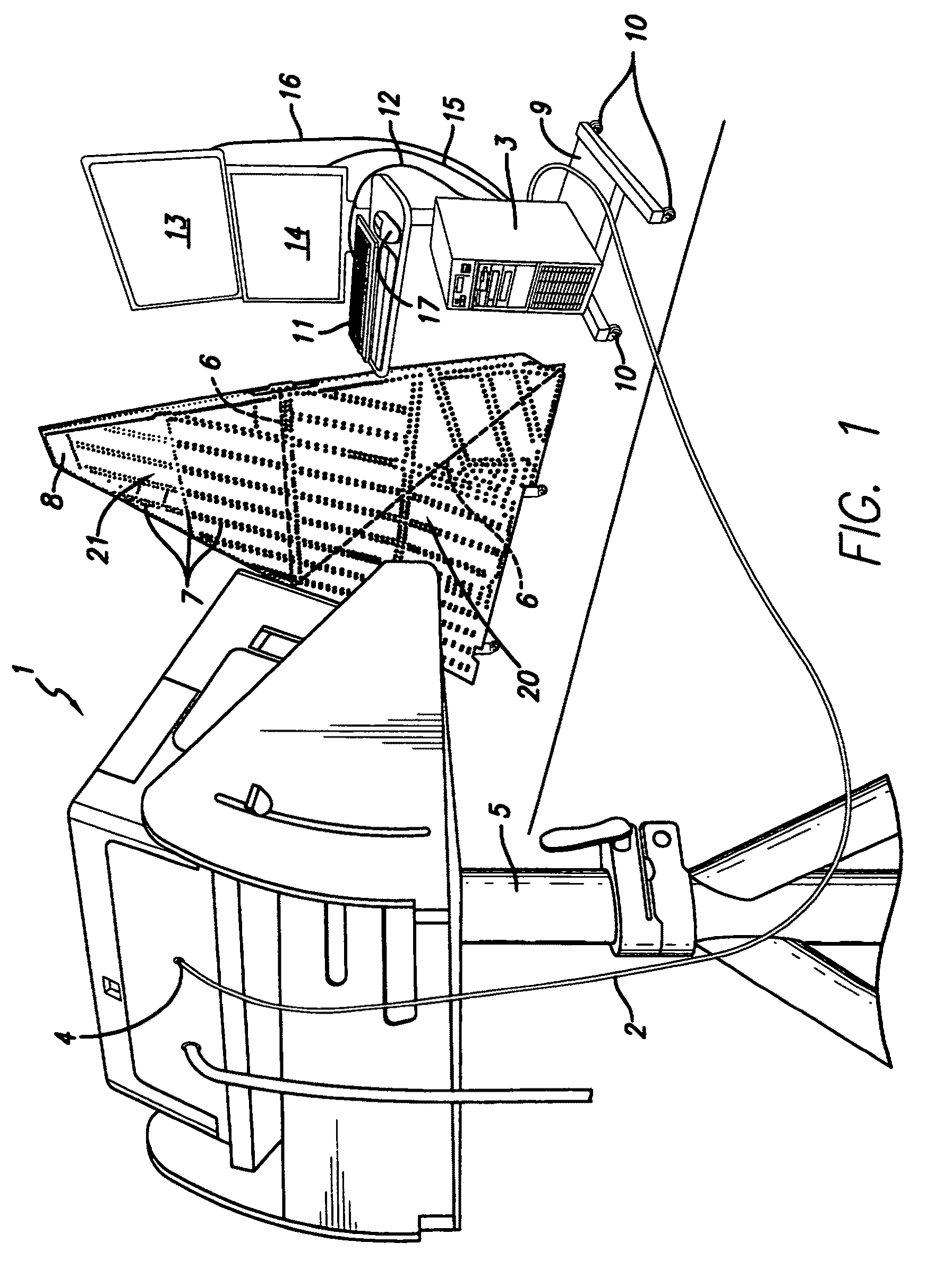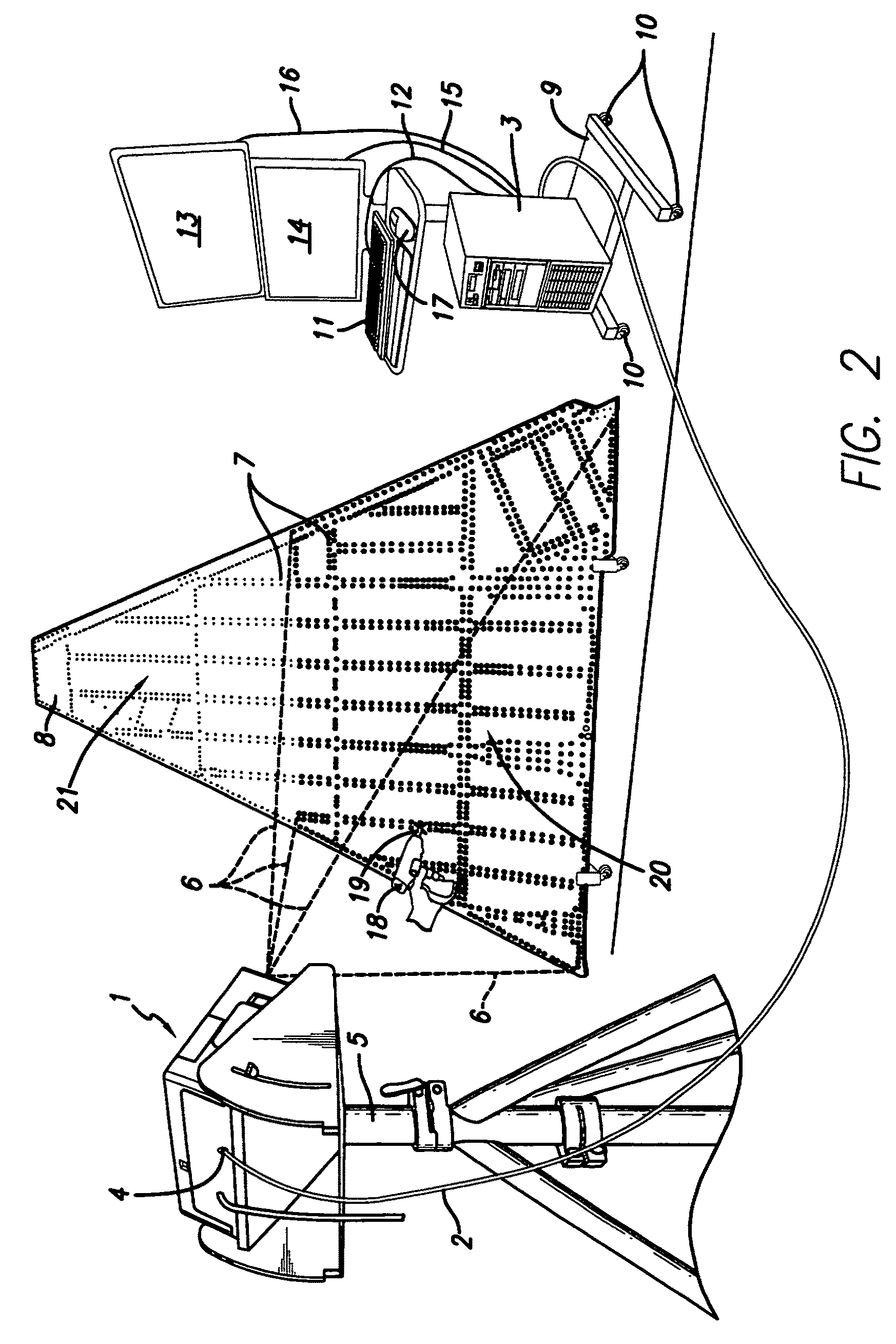Systems and methods for optically projecting three-dimensional text, images and/or symbols onto three-dimensional objects
a technology of three-dimensional objects and optical projection, applied in the field of systems and methods for optical projection of three-dimensional text, images and/or symbols onto three-dimensional objects, can solve the problems of taking on ever increasing complex manufacturing tasks, and achieve the effects of improving the workforce, speeding up the production process, and enhancing the output of one individual
- Summary
- Abstract
- Description
- Claims
- Application Information
AI Technical Summary
Benefits of technology
Problems solved by technology
Method used
Image
Examples
example
Production of Wire Harness
[0778]In order to test the invention in an actual assembly environment, rather than in a laboratory environment, which is not employed for assembly operations, an experiment was performed at an aircraft manufacturer facility (under the terms of a confidentiality agreement, and under the control of the inventors) to test the theory that optically projected work instructions would be helpful to assembly technicians (in terms of saving time, labor, blueprints, plans, instruction manuals, computer screens, and the like).
[0779]A particular wire harness was selected for this experiment. Abundant data from many years of cost tracking for this particular assembly was available to the inventors. A person that was skilled at making this particular wire harness averaged making it in 21 hours, whereas a person skilled at making wire harnesses in general, but not this particular wire harness, averaged making it in 28 hours.
[0780]Assembly data was input into a programmab...
PUM
 Login to View More
Login to View More Abstract
Description
Claims
Application Information
 Login to View More
Login to View More - R&D
- Intellectual Property
- Life Sciences
- Materials
- Tech Scout
- Unparalleled Data Quality
- Higher Quality Content
- 60% Fewer Hallucinations
Browse by: Latest US Patents, China's latest patents, Technical Efficacy Thesaurus, Application Domain, Technology Topic, Popular Technical Reports.
© 2025 PatSnap. All rights reserved.Legal|Privacy policy|Modern Slavery Act Transparency Statement|Sitemap|About US| Contact US: help@patsnap.com



